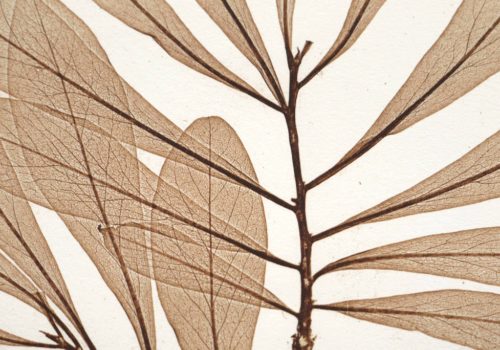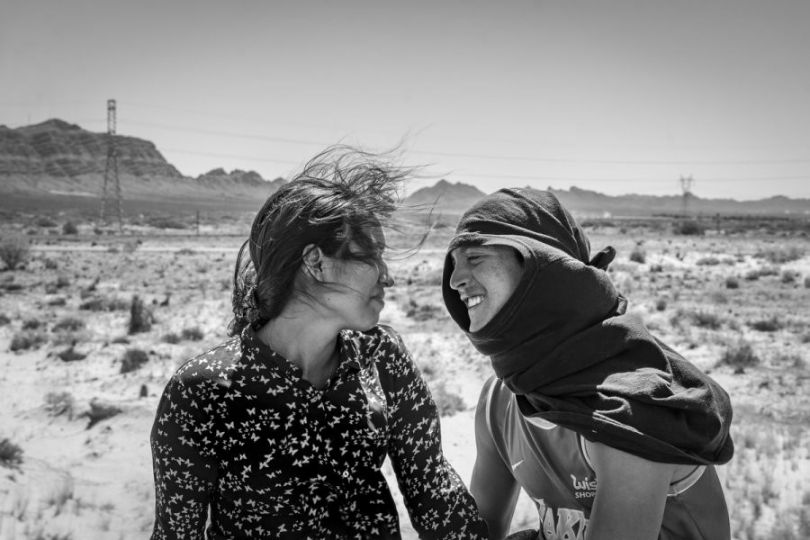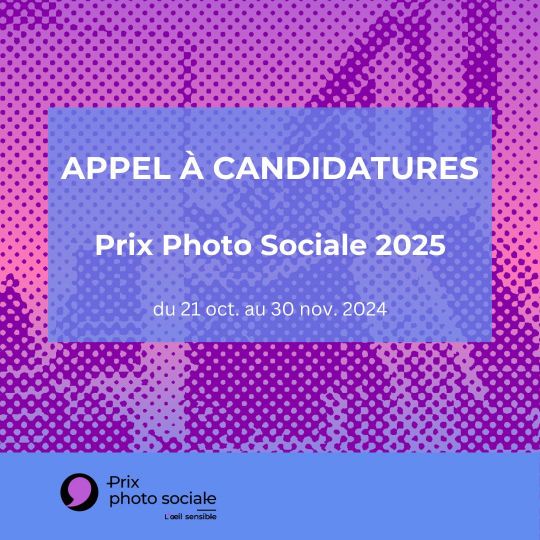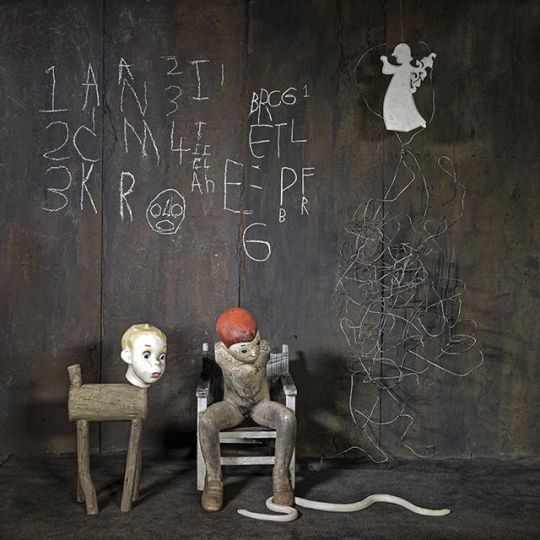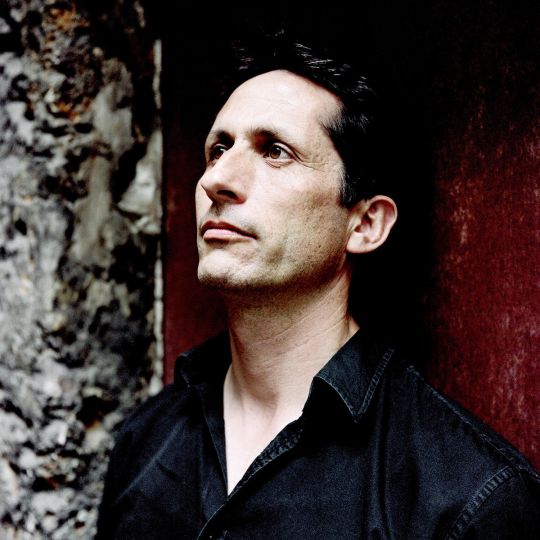Naturselbstdruck or Nature printing is a printing process, developed in the 18th century that uses the plants, animals, rocks and other natural subjects to produce an image. The subject undergoes several stages to give a direct impression onto materials such as lead, gum, and photographic plates, which are then used in the printing process.
Andreas Freiherr von Ettingshausen (25 November 1796 – 25 May 1878) was a German mathematician and physicist. Ettingshausen studied philosophy and jurisprudence at the University of Vienna. In 1817, he joined the University of Vienna and taught mathematics and physics. In 1819 he became professor of physics at the University of Innsbruck and 1821 professor of higher mathematics at the University of Vienna. His lectures of that time marked a new era for the University of Vienna, and they were published in 1827 in 2 volumes. In 1834 Ettingshausen became the chair of physics.
Ettingshausen was the first to design an electromagnetic machine, which used the electrical induction for power generation. He promoted optics and wrote a textbook of physics. His method of lecturing was widely influential. In addition he wrote a book on combinatorial analysis (Vienna 1826).
Ettinghausen made the first photographic recordings in Austria: Upon Prince Metternich’s learning of the invention of the daguerreotype in January of 1839, Ettingshausen became avidly interested in the discovery and established communications with Daguerre. Ettingshausen, as official Austrian representative to the Prince, was invited to attend the official disclosure of the working details of the process in Paris by D.F. Arago in August of 1839.
Through private contacts with Daguerre Von Ettinghausen got a camera and accessories, which he brought to Vienna. On the way he stopped off in Johannisberg to personally report to Metternich. On this occasion, he made the first recordings with Daguerre’s apparatus, which have been exhibited in Vienna in November 1839 and caused much excitement (University of Vienna, auditorium of physics: 13 Views of Johannisberg Castle). Thus, through Ettingshausen, the Viennese scientific community was introduced to the daguerreotype, leading to the development of Vienna as the center of photography for the German-speaking world. Ettingshausen gave the first public lectures on the Petzval lens in November and December of 1841.
His son Constantin (born in 1826) in the 1850s participated to some famous Austrian Nature printing publications. In 1866, Andreas Von Ettinghausen retired. From September to November 2006, his daguerreotypes were exhibited again in Vienna, Albertina Museum.
Serge Plantureux

